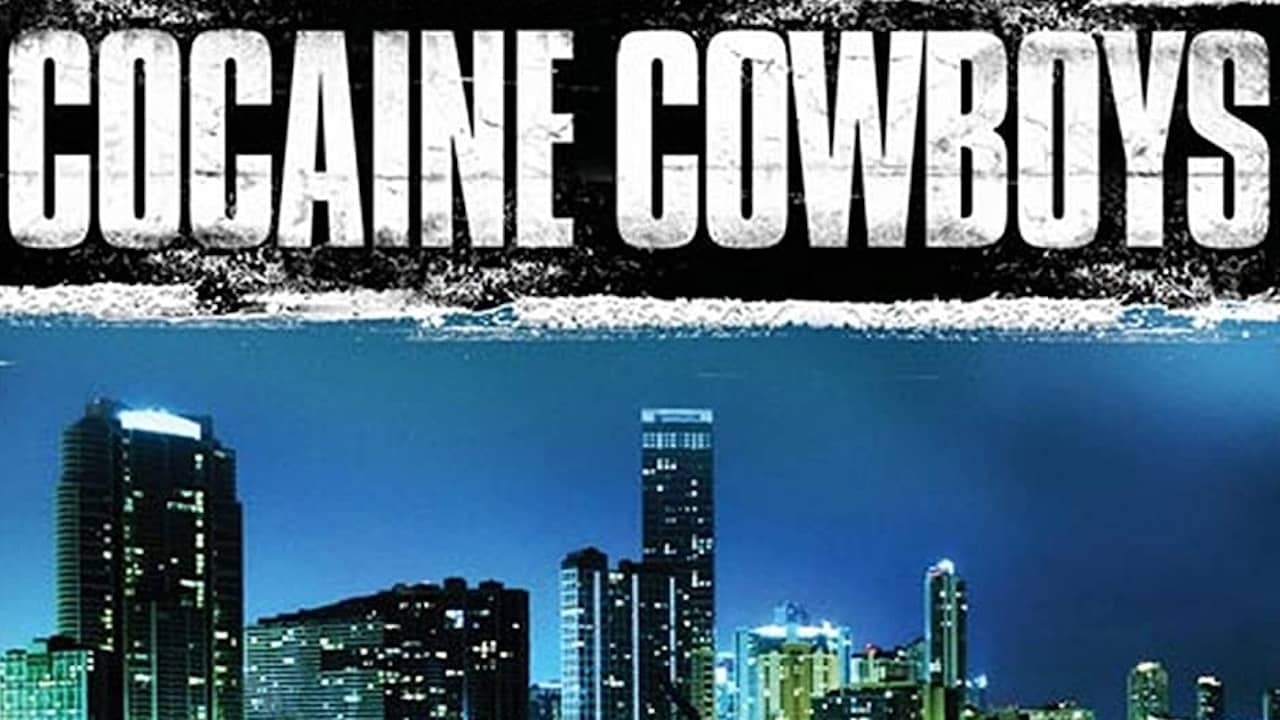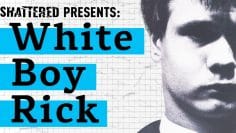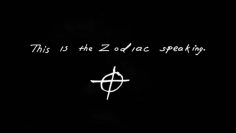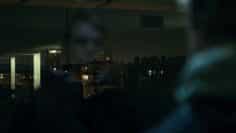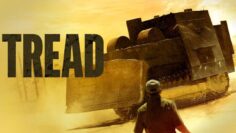Cocaine Cowboys
Cocaine Cowboys chronicles the rise of the cocaine trade in Miami during the 1970s and 1980s. It presents a stark portrayal of how the illegal drug industry transformed a sleepy retirement community into the epicenter of a $20 billion annual business fed by Colombia’s Medellin cartel.
The documentary features interviews with law enforcement officials, journalists, lawyers, and former drug smugglers, providing a first-hand perspective of the Miami drug war. It reveals how marijuana imports were replaced by the more lucrative cocaine trade, leading to a dramatic drop in cocaine prices and making it accessible to a wider market. It details the various methods used by smugglers to transport cocaine into Florida, including the use of aircraft and boats, as well as the complex logistics involved in their operations.
One of the central figures in the film is Jon Roberts, described by prosecutors as “The Medellin Cartel’s American representative”. It also highlights the role of Griselda Blanco, an infamous crime family matriarch who played a significant part in the drug trade across America. The lawless and corrupt atmosphere led to the gangsters being dubbed the “Cocaine Cowboys”.
The documentary depicts the violence associated with the drug trade, showcasing how Miami’s homicide rate tripled during this period, earning it the title of “murder capital of the country”. It addresses the economic impact of the drug trade on Miami, revealing how drug money indirectly financed many high-rise building construction projects in Florida.
Through its narrative, the film provides a vivid portrayal of a tumultuous period in Miami’s history. It offers insights into the complex web of drug trafficking, money laundering, and violence that defined an era and left an indelible mark on the city’s landscape and culture.

